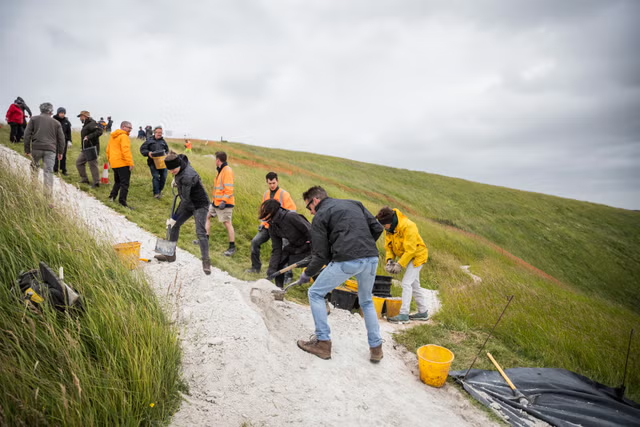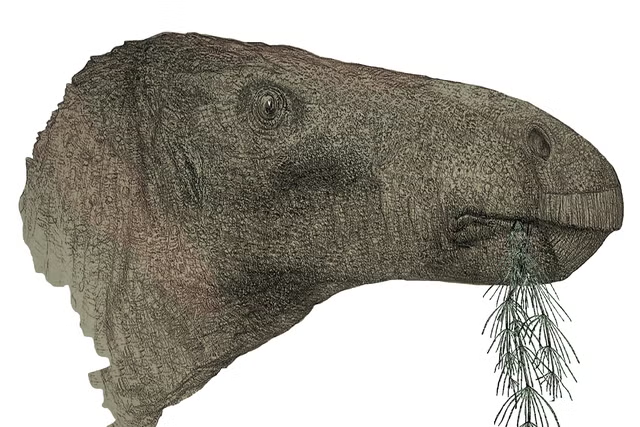A 43-year-old Spanish man has died after being trampled by a herd of elephants.
The man, who was a tourist in South Africa's Pilanesberg National Park, was killed on Sunday morning after leaving his vehicle to take pictures of the animals.
He was traveling around the national park in a car with his fiancée and two others when they encountered three adult elephants and three calves.
"Reports suggest that the man stopped the vehicle, alighted and went closer to the elephants to take pictures," police spokesman Sabata Mokgwabone said on Tuesday.
When the man started to take pictures, one of the elephants charged at him.
"Despite warnings from his fellow passengers, and occupants from two other vehicles that were at the sighting, he unfortunately did not heed their warnings," the North West Parks and Tourism Board said in a statement.
The rest of the elephants then also joined the rampage.
"An adult elephant cow charged at the man, who then ran from the elephant. He was unfortunately not able to escape or evade the elephant, which was now joined by the whole herd, and was caught and trampled to death," the statement said.
Elephants in Pilanesberg National Park—which is 130 miles northwest of Johannesburg—are African savannah elephants, the largest land mammals on Earth. Males can weigh between 4,500 and 12,000 pounds, while females are smaller, weighing around 2,500 to 7,000 pounds. They face threats from habitat loss and poaching, and are classified as "endangered" by the International Union for Conservation of Nature (IUCN).
African elephants are highly social animals, living in matriarchal herds led by a female elder. These herds typically consist of related females and their offspring, as males leave the herd upon reaching puberty and may lead solitary lives or form small bachelor groups.
Pieter Nel, chief conservation officer at the North West province's Parks and Tourism Board, said that it was "normal behavior" for elephants to try to "defend the young ones" if they feel threatened.
"Lots of tourists are oblivious to the dangers and do not realize how dangerous these animals can be," Nel told AFP.
"Tourists are constantly reminded about the importance of staying inside their vehicles when visiting the park, and to keep a good distance between animals and their vehicles and give animals a chance to move freely, and to only get out of vehicles in safely designated areas," Thami Matshego, chief executive officer of the North West Parks and Tourism Board, told South African news outlet Netwerk24.
Attacks on humans by elephants are not an uncommon occurrence in this region, with local authorities estimating that in the neighboring country of Zimbabwe, 50 people were killed and 85 injured by wild animals in 2023—most of which were incidents involving elephants.
Earlier this year, an 80-year-old woman from Minnesota and a 64-year-old from New Mexico were both killed by elephants in separate incidents in Zambia, and in 2021 a suspected poacher was trampled and killed in South Africa's Kruger National Park.
Do you have a tip on a science story that Newsweek should be covering? Do you have a question about elephant attacks? Let us know via science@newsweek.com.
Disclaimer: The copyright of this article belongs to the original author. Reposting this article is solely for the purpose of information dissemination and does not constitute any investment advice. If there is any infringement, please contact us immediately. We will make corrections or deletions as necessary. Thank you.



